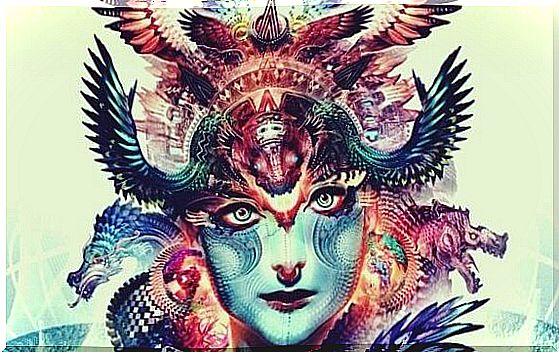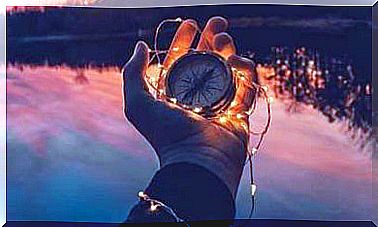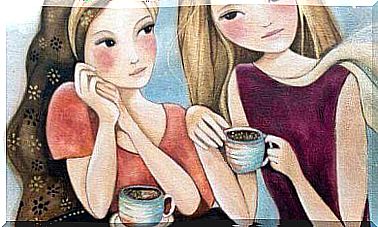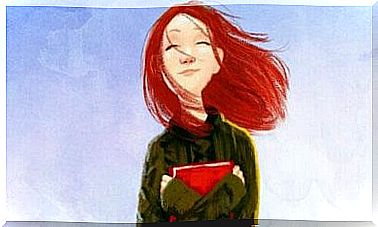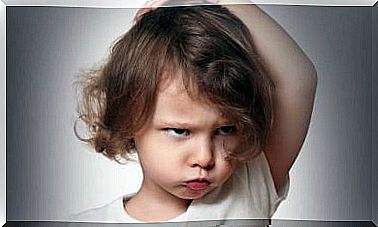Jung’s 12 Personality Archetypes
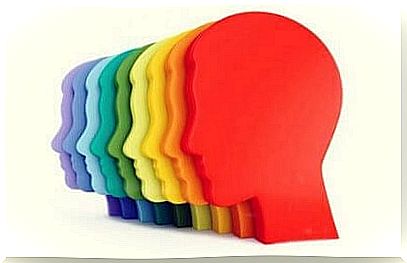
Carl Gustav Jung is perhaps the most famous dissident of classical psychoanalysis. He deviated from Freud’s concepts and explored the ancestral and collective roots of the unconscious. New lights have emerged from this intellectual adventure, among which we find the 12 personality archetypes.
From the analysis of the symbols and myths present in different cultures, Jung established the 12 personality archetypes. They are kinds of molds or patterns of behavior that conform specific ways of being. They also represent cultural symbols and images that are engraved in the collective unconscious.
Jung defines the 12 archetypes as “an innate tendency to generate images with an intense emotional charge which express the relational supremacy of human life”. These are kinds of digital traces of all of humanity that remain immersed in everyone’s unconscious. And they end up defining the particular traits of each of us. Here are those archetypes.
1. The sage: the first of the personality archetypes
The sage represents this free thinker who makes intellect and knowledge his main reason for being and his foundation. Intelligence and analytical skills are for him the best way to understand himself and to understand the world. It corresponds to the one who always has a given, a quote or a logical argument in mind.

2. The innocent
The innocent is the one who seems to have read every self-help book that exists in the world and turned them into his DNA. He is optimistic and seeks happiness. He always sees the bright side. On the other hand, he wants to feel perfectly suited to the world. Finally, he wants to please and be recognized by others.
3. The explorer
This is one of the 12 personality archetypes that corresponds to the intrepid traveler. He takes a path without tracing a defined route, is always open to novelty and adventure. The explorer is eager for discoveries, whether external or internal. We can however note a negative facet: he is in search of an ideal which he never manages to satisfy.
4. The dominant
The dominant is the classic leader, the one who sees himself as the person who must always set the rules of the game. Stable and concerned about excellence, he wants others to do what he says and always has good reasons. to demand it. It is one of the 12 power-related personality archetypes. Due to his thirst for victory, however, he can end up turning into a bully.
5. The creator
The creator has a deep thirst for freedom. He loves novelty and loves to transform things to come out with something innovative that would carry his mark. He is fun, maverick, and self-sufficient. His genius is immense and his imagination has no limits. He is sometimes inconstant and thinks more than he acts.
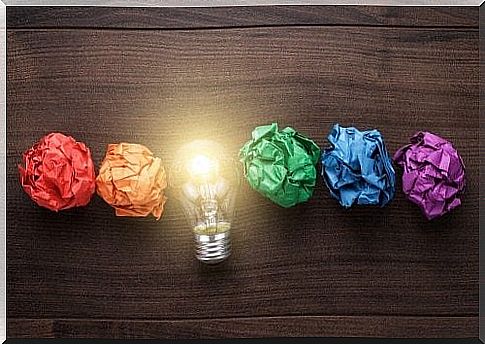
6. The guardian angel
He feels stronger than others and therefore provides almost maternal protection to those around him. The guardian angel wants to avoid the suffering of those who are under his wing and refuses that a risk or danger comes to threaten the integrity or the happiness of others. If he does not control himself, he becomes the martyr who recalls all the sacrifices he made to others.
7. The magician
The magician is the equivalent of the great revolutionary. He regenerates and renews, not only for himself but also for others. It is in a constant process of transformation and growth. Its negative side is, however, that of a patient who in turn makes others sick. Sometimes he succeeds in turning positive events into negative facts.
8. The hero
The axis of the hero’s life is power. He has inordinate vitality and stamina, and he uses them to strive for power or honor. The hero would rather do anything than lose. In fact, he doesn’t lose because he never surrenders. He could, however, be too ambitious or over-controlling.
9. The outlaw
The Rebel is another of Jung’s 12 personality archetypes that tell us about rebellion. He is a transgressor, a provocateur who totally ignores the opinions of others. In fact, he likes to go against people’s advice and think for himself, without being influenced or pressured. Despite everything, he can become self-destructive.
10. The lover
The lover always listens to his heart and is extremely sensitive. He loves love in all its forms (not just romantic love) and loves to spread it. His greatest happiness is to feel loved. He appreciates beauty, aesthetics, the senses in a refined way. It makes beauty, in its broadest sense, a superlative value.
11. The jester
The Jester Archetype is also known as the Madman Archetype. The madman teaches us to laugh at everything and at ourselves. He does not have a mask and also manages to remove the masks of others. He doesn’t take himself seriously because he prefers to enjoy life. His downside is being libidinous, lazy and gluttonous.
12. The orphan
The orphan is the one who has wounds that he cannot heal. He feels betrayed or disappointed. He wants others to take care of him and, as this does not happen, experiences nothing but disillusionment. The orphan usually gets close to people who feel like him. He victimizes himself. In front of others, he shows himself to be innocent, but he has a cynical side.
The classification of the 12 archetypes of Jung that we have just presented to you is not the only one. In other categorizations, we find different archetypes, even if they are mostly equivalent, in their essence, to those we have exposed. They apply to many fields, including psychotherapy, marketing and art.
